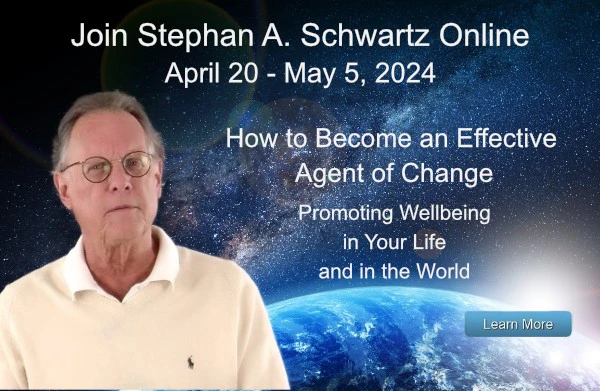In the late 19th century, Victorian-era doctors described the male foreskin as a ‘source of serious mischief.’ Convinced that masturbation led to insanity, and that it was the sensitive, responsive foreskin that stimulated masturbation, surgeons started promoting therapeutic circumcision to cure young men of the ‘sin’ of excessive indulgence and prevent its corollary, ‘masturbatory insanity,’ a catchall phrase for various psychiatric and physical disorders that perplexed physicians. Now, in the 21st century, the foreskin has been exonerated as far as masturbation and mental illness go. But public health experts are making a pretty strong scientific case that cells in the foreskin act as a magnet for H.I.V. and, as such, may increase a man’s risk of acquiring the virus from an infected woman if he is uncircumcised. ‘We definitively know that circumcision reduces male H.I.V. acquisition by at least 50 percent and probably more, said Dr. Ronald Gray, who led circumcision studies in Uganda. ‘And one can say that unequivocally: there have been three trials, in different countries, and there’s a lot of prior observational data to support that.’ American health officials said last week that they have been mulling over whether they should offer circumcision […]
A massive analysis of almost every bacterial genome sequenced to date suggests a new shape for the tree of life. One of its core branches appears to be a union of two other branches. Descendants of that line became the energy centers of plant and animal cells. In other words, the results of this distant union between microorganisms ‘allowed us to walk on the Earth,’ said James Lake, a University of California at Los Angeles cell biologist and author of the analysis. ‘It’s responsible for the oxygen in the atmosphere, and brought in the organelles that made plants grow and let us breathe air.’ The details of early cellular evolution are murky, with few fossils having remained intact for the billions of years since self-replicating chemicals assumed cellular form. But at a general level, scientists know that the earliest organisms were single-celled, nucleus-lacking creatures called prokaryotes. These are broken down into five groups: bacteria, archaea, clostridia, actinobacteria and so-called gram-negative bacteria. To most people, prokaryotes are just a bunch of microscopic bugs, but to microbiologists they’re as richly varied as the animal kingdom. Scientists think the first eukaryotes – single-celled creatures with nuclei and complex […]
The advantage that children get from living in two-parent families may actually be due to family stability more than the fact that their parents are married. A new study finds that children who who are born and grow up in stable single-parent homes generally do as well as those in married households in terms of academic abilities and behavior problems. ‘Many of the studies that show an advantage for children who grow up in married households versus those who grow up with single parents don’t distinguish between family structure and family stability, said Claire Kamp Dush, author of the study and assistant professor of human development and family science at Ohio State University. ‘Our results suggest that the key for many children is growing up in a stable household, where they don’t go through divorce or other changes in the family – whether that is in a single-parent home or a married home. This study examined children who were born to always-single mothers – not those whose mothers were single as a result of a divorce, she said. Kamp Dush said she is not suggesting that there are no advantages for children living in two-parent […]
To the credit of opponents of health-care reform, the lies and exaggerations they’re spreading are not made up out of whole cloth-which makes the misinformation that much more credible. Instead, because opponents demand that everyone within earshot (or e-mail range) look, say, ‘at page 425 of the House bill!,’ the lies take on a patina of credibility. Take the claim in one chain e-mail that the government will have electronic access to everyone’s bank account, implying that the Feds will rob you blind. The 1,017-page bill passed by the House Ways and Means Committee does call for electronic fund transfers-but from insurers to doctors and other providers. There is zero provision to include patients in any such system. Five other myths that won’t die: You’ll have no choice in what health benefits you receive. The myth that a ‘health choices commissioner’ will decide what benefits you get seems to have originated in a july 19 post at blog.flecksoflife.com, whose homepage features an image of Obama looking like heath ledger’s joker. In fact, the house bill sets up a health-care exchange-essentially a list of private insurers and one government plan-where people who do not have health insurance through their […]
It may look like a piece of honeycomb, but this lattice-shaped image is the first ever close-up view of a single molecule. Scientists from IBM used an atomic force microscope (AFM) to reveal the chemical bonds within a molecule. ‘This is the first time that all the atoms in a molecule have been imaged,’ lead researcher Leo Gross said. The delicate inner structure of a pentacene molecule has been imaged with an atomic force microscope The researchers focused on a single molecule of pentacene, which is commonly used in solar cells. The rectangular-shaped organic molecule is made up of 22 carbon atoms and 14 hydrogen atoms. In the image above the hexagonal shapes of the five carbon rings are clear and even the positions of the hydrogen atoms around the carbon rings can be seen. To give some perspective, the space between the carbon rings is only 0.14 nanometers across, which is roughly one million times smaller than the diameter of a grain of sand. ‘If you think about how a doctor uses an X-ray to image bones and organs inside the human body, we are using the atomic force microscope to image […]











